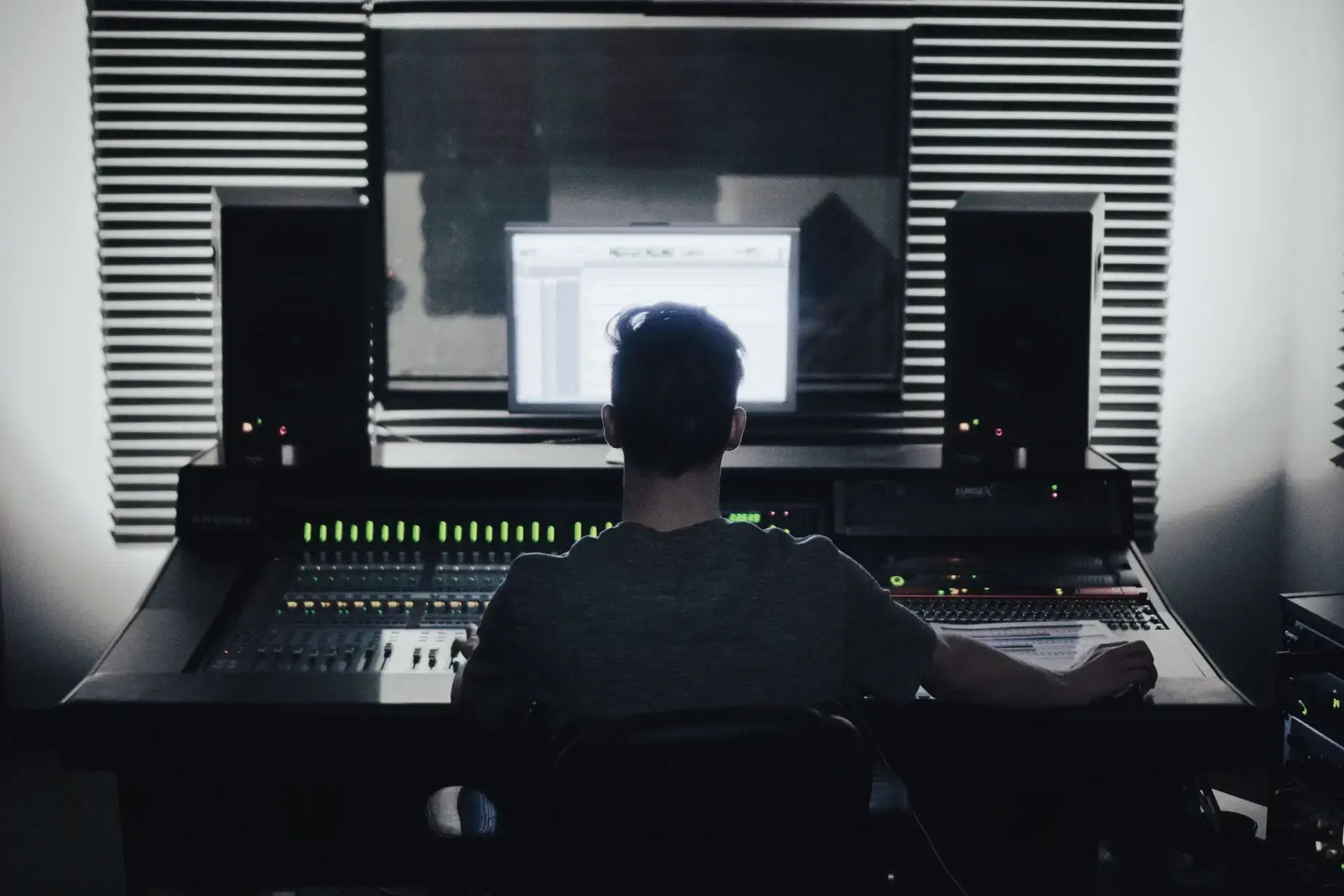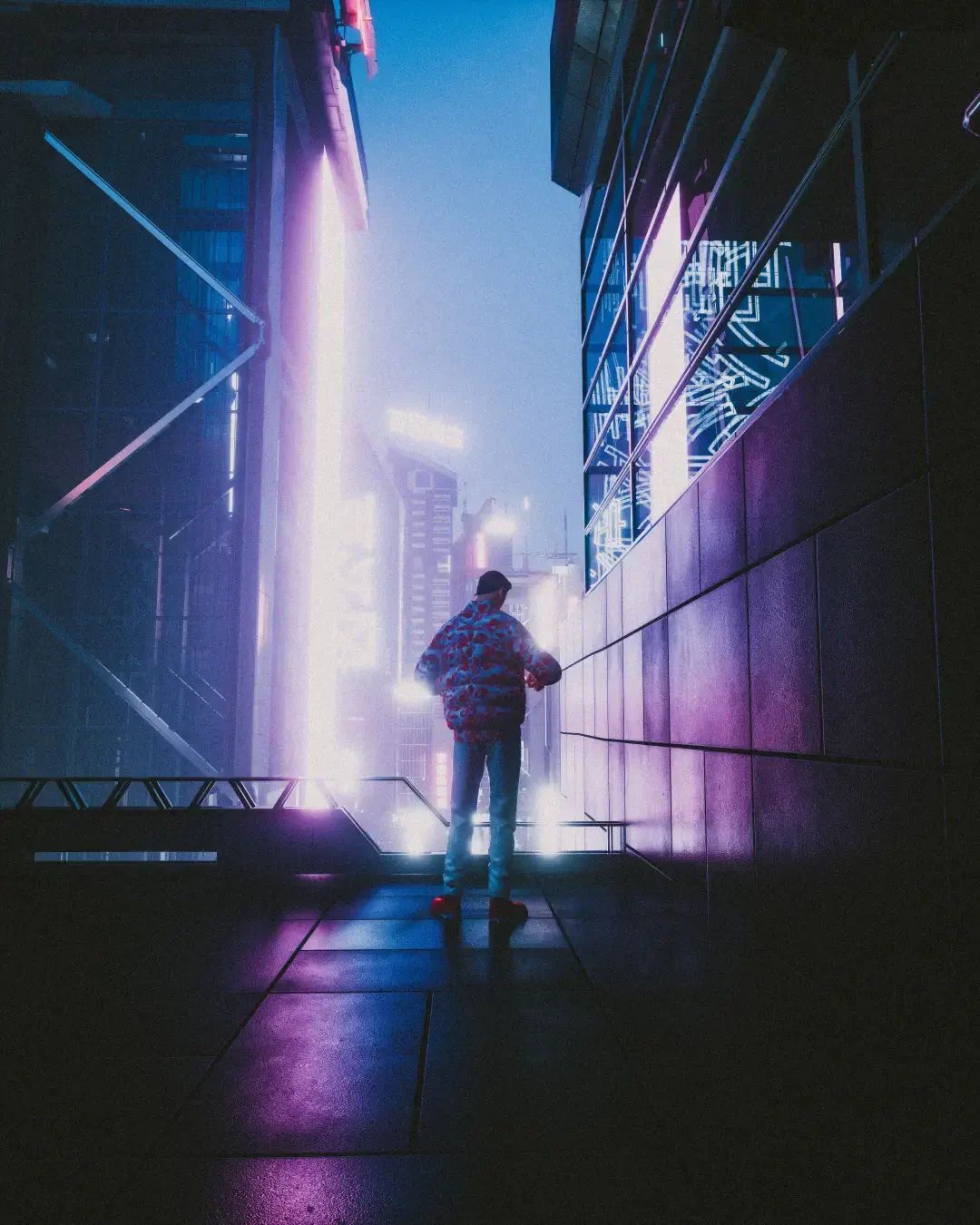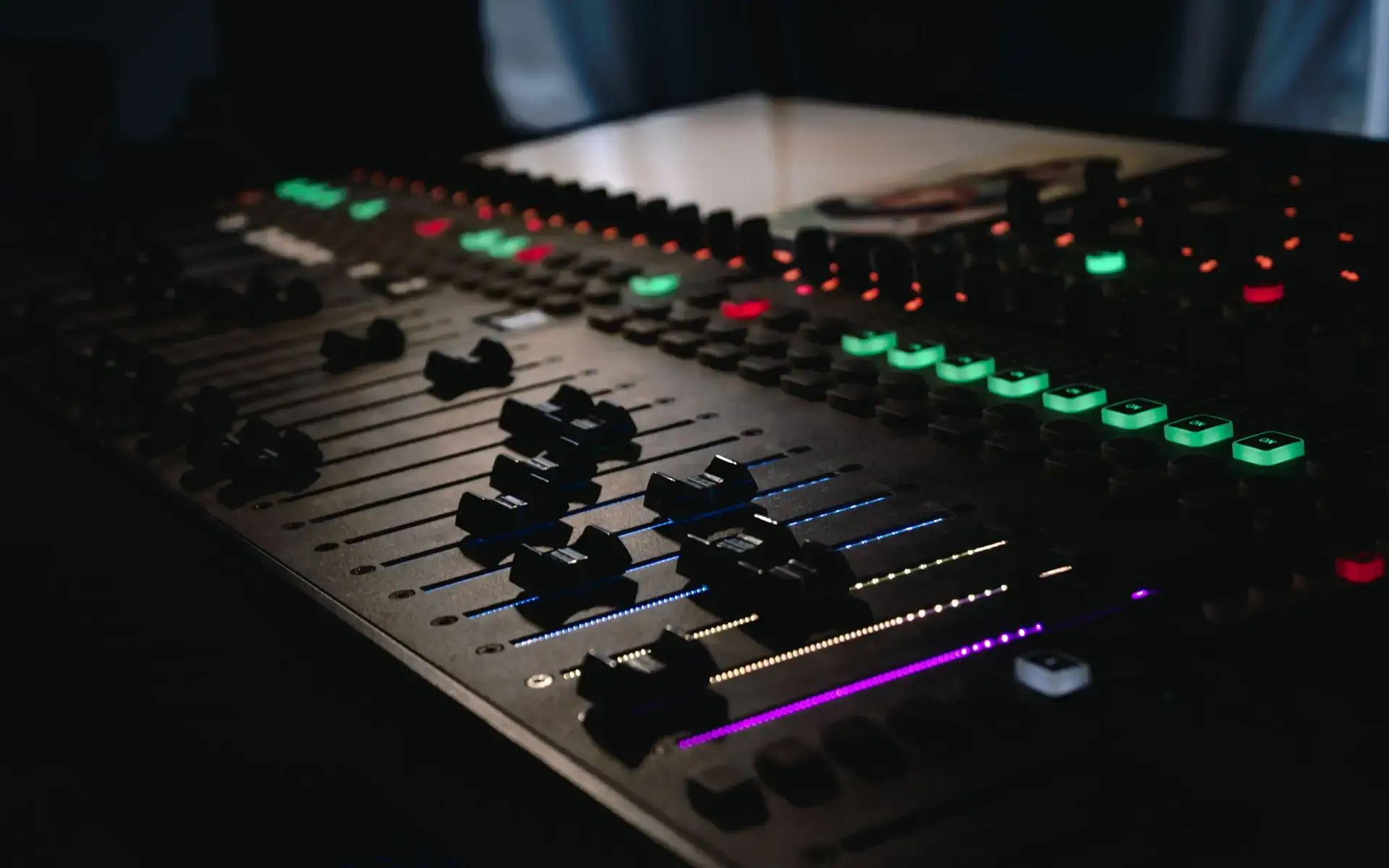The Studio
TV studio, photo studio, recording studio is it all the same thing? Not at all. Despite having a few things in common, these studios are very different from one another. What all three types of studios have in common is that they are premises for the production of media. However, photo studios primarily produce photographs, while television studios are used for film productions and sound studios for the production of music or sound events. What else should you know?

What happens in a television studio?
In a television studio, vague ideas and pre-productions are turned into finished films, live broadcasts or videos. Neither the film crew nor the actors need to be permanently present. This studio refers to a number of professionally equipped rooms in which everything necessary for the production is available. In addition to the recording room, a classic film studio has technical rooms and control rooms. The equipment includes cameras, backdrops and lighting. A typical example would be a studio in which presenters present the news. Studios in which talk shows are recorded also fall under the umbrella term television studio.
The photo studio?
Even at first glance, a photo studio is very different from a television studio. Although some backdrops and lighting are also available here, there are no television cameras, film crew or presenters. Instead, in addition to the
photographer,
the tenant or often also the owner of the studio, a typical photo studio is mainly staffed by
models
and private individuals who want to be photographed. Photo studios are usually smaller than television studios and are characterised by the following features:
- Ceiling height of at least 3 metres
- Minimum dimensions 6 x 8 metres
- Wide range of technical lighting options
- Studio flash system
- Air conditioning

Recording studio - technology, rooms, staff
The third type of studio that you will be confronted with sooner or later as a singer or actor is the recording studio. A classic recording studio is primarily used to record music and sound events. The latter sounds a little cryptic, but it means that a recording studio not only produces songs and soundtracks, but also voice recordings, radio broadcasts, cinema film soundtracks and much more. The staff of a recording studio include sound engineers, music producers, recording directors and dubbing artists. In addition to the (acoustically optimised) recording room, a recording studio usually has a control room where the responsible producer, sound engineer or recording manager sits. Recording studios often have not just one, but several recording rooms as well as an edit suite, an equipment room, an office, a kitchen and a workshop. Technically, a good recording studio should at least have a loudspeaker system, an analogue mixing console, digital signal processing equipment, a computer, an audio interface, microphones, instruments, microphone amplifiers, equalisers, compressors and limiters.

starboxx offers models and production companies a convincing full service
Do you feel called to work in a film, television or photo studio? As a partner of models, media people and production companies, we offer you a comprehensive full service. Apply now and start your full-time or part-time career as a model, dancer, presenter, actor or dubbing artist. We are also happy to help production companies with casting and research - contact us!
